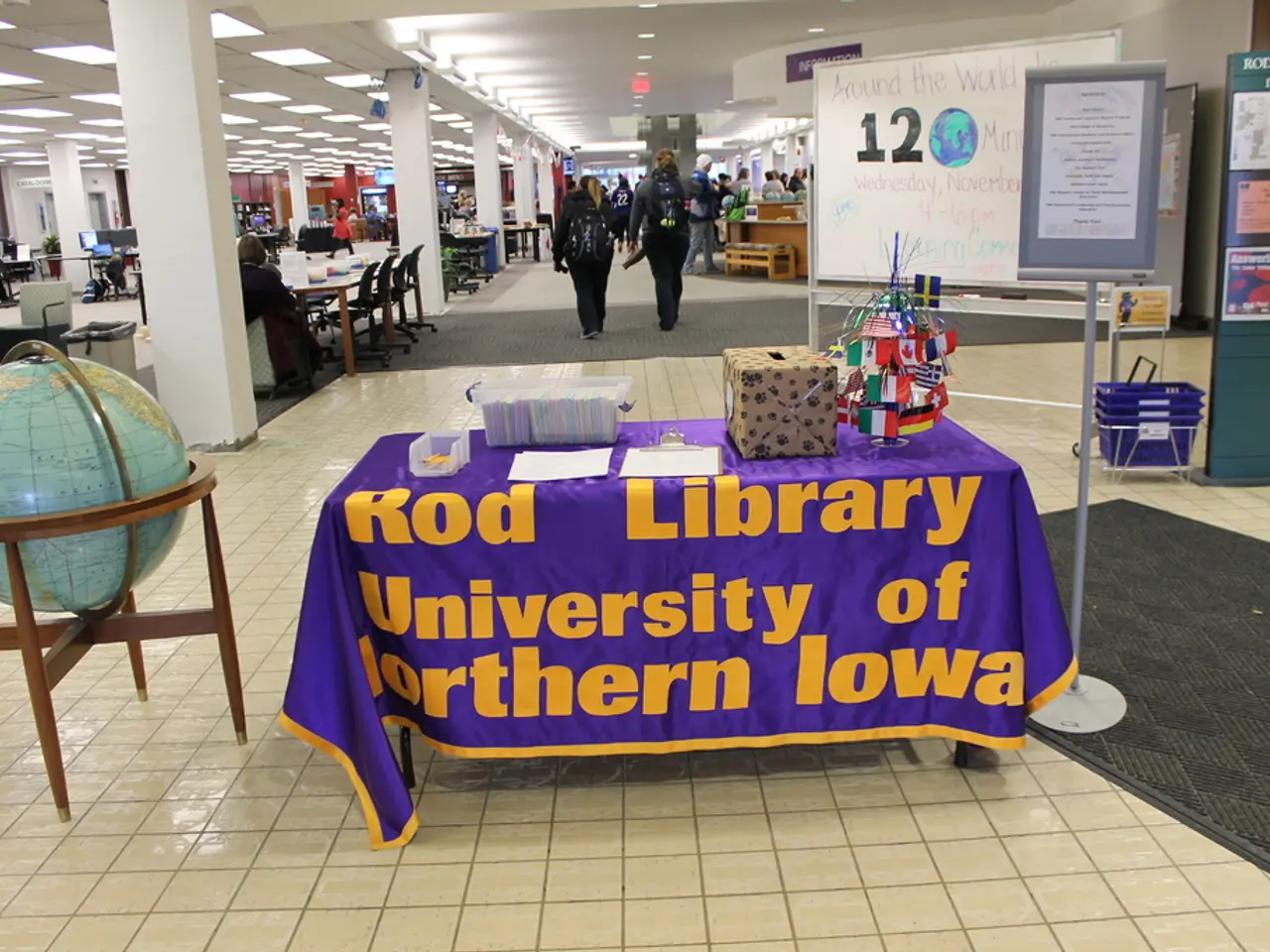The Advantages of 5G in Mitigating a Bird Flu Outbreak
In the ongoing battle against avian flu pandemics, 5G technology emerges as a crucial ally. This cutting-edge communication network offers numerous benefits in managing and mitigating the impacts of such outbreaks.
**Enhanced Communication and Data Management**
5G networks, with their Massive Machine Type Communication (mMTC) capabilities, enable a multitude of IoT devices to connect and transmit data simultaneously, ensuring low latency and high reliability. This feature supports real-time monitoring of poultry health, environmental conditions, and supply chain logistics, facilitating faster detection of outbreaks and better coordination of response efforts.
**Improved Healthcare Delivery and Telemedicine**
Reducing physical contact is essential in controlling the spread of avian flu. 5G supports high-speed, low-latency telemedicine platforms, allowing patients to consult healthcare providers remotely. This reduces hospital crowding and exposure risk, while also offering timely care, mental health support, and efficient use of healthcare resources.
**Supporting Public Health Interventions**
5G's rapid communication capabilities can also support government initiatives such as mass vaccination campaigns, improving logistics, tracking vaccination coverage, and disseminating public health information quickly and effectively.
Despite concerns about potential health risks associated with 5G technology, extensive research has not found conclusive evidence that 5G radiation poses significant health risks to humans. Regulatory agencies globally set safety limits for radiofrequency exposure, and current scientific consensus maintains that 5G is safe when operating within these guidelines.
**Potential Health Risks and the Avian Flu**
No direct linkage between 5G and health risks related to bird flu management or pandemic control is indicated in the available data. However, the ongoing avian flu outbreak, particularly the H5N1 strain, is expected to disproportionately affect immigrant populations in the United States, especially those working in animal production sectors.
**Neurological Symptoms and the H1N1 and H5N1 Viruses**
Both H1N1 and H5N1 viruses can lead to neurological symptoms such as numbness and paresthesia. Mild neurological complaints may be reported in up to 42% of patients infected by the H1N1 virus, while severe neurological complications occurred in 9% of the patients studied with H1N1 infection.
As of November 2024, there have been 948 confirmed cases of H5N1 influenza in humans, resulting in 464 deaths. The case fatality rate of H5N1 influenza among confirmed cases is approximately 49%.
**Borderless Healthcare Solutions**
5G technology also facilitates borderless healthcare solutions, making advanced telehealth applications like remote monitoring and consultations more accessible. This is particularly beneficial during pandemics when physical distancing is crucial.
In conclusion, 5G technology plays a significant role in managing and mitigating the impacts of avian flu pandemics by enabling real-time, large-scale data communication critical for monitoring outbreaks and managing poultry health. It enhances telemedicine capabilities, reducing virus spread and improving healthcare delivery during pandemics. While concerns about health risks exist, current evidence supports 5G safety within regulatory limits.
- In healthcare, 5G technology supports telemedicine platforms for consultations, ensuring timely care and reducing exposure risk during avian flu outbreaks.
- The rapid communication capabilities of 5G technology can aid in the dissemination of general news, public health information, and updates on medical-conditions like avian flu pandemics.
- With its capacity for Massive Machine Type Communication (mMTC), 5G technology allows for simultaneous data transmission from IoT devices, which are integral for monitoring medical-conditions like avian flu in poultry and supply chain logistics.




